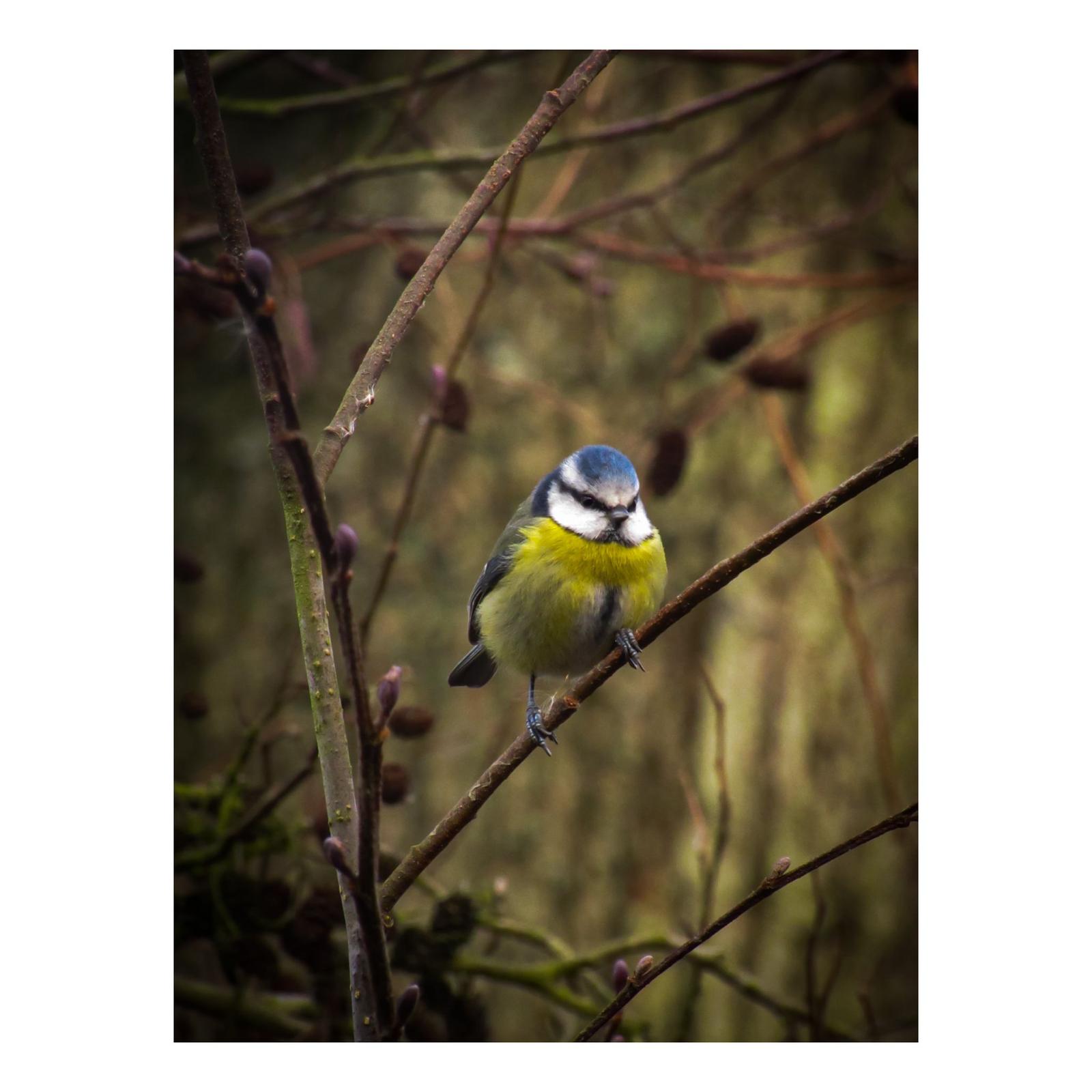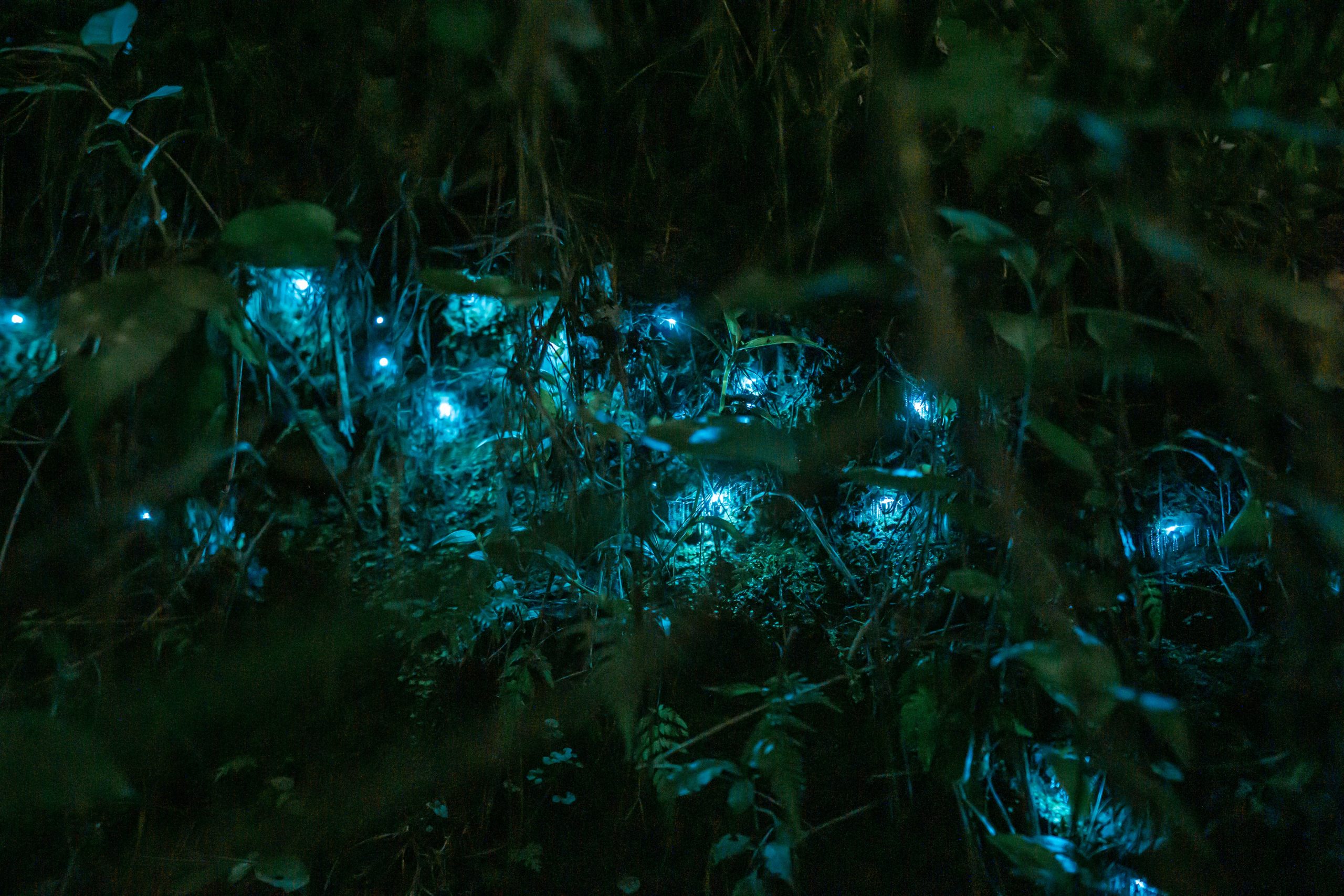Earth day is celebrated annually on the 22nd April and is an important day for climate advocates as it provides an opportunity to set out and acheive goals to do with the preservation of our planet.
The Earth Day Network has set out goals aiming to redefine the meaning of ‘environment’ so that it concerns more issues, improve the inclusivity and accessibility of this movement, and to provide opportunities so that everyone can be active in this environmental movement. The Earth Day Network addresses 10 core issues: advocacy, climate change, conservation and biology, education, energy, food and agriculture, green economy, green schools, recycling and waste reduction and sustainable development.


Gaylord Nelson was a former US senator but was better known as the “father of Earth Day”. Throughout his career he pushed through environmental legislation that protected and preserved wildlife. After witnessing the monumental disaster of the Santa Barbara oil spill, Nelson was inspired by student anti-war protests and created the very first Earth Day in 1970. That day 20 million Americans joined forces to fight against the 150 year long industrial development that had been negatively impacting the lives of American citizens. Earth Day has grown exponentially since then, it now has over 1 billion individuals mobilising globally and more than 190 countries engaged.
Earth Day is an incredible movement that brings together people from all over the world. However, the issues brought up by Earth Day do not disappear when the sun goes down on the 22nd. These issues will not go away, and if we don’t address the damage we are doing to our planet it will be irreversible. We need the mindset of Earth Day, everyday.
To find out more visit: https://www.earthday.org/history/




0 Comments